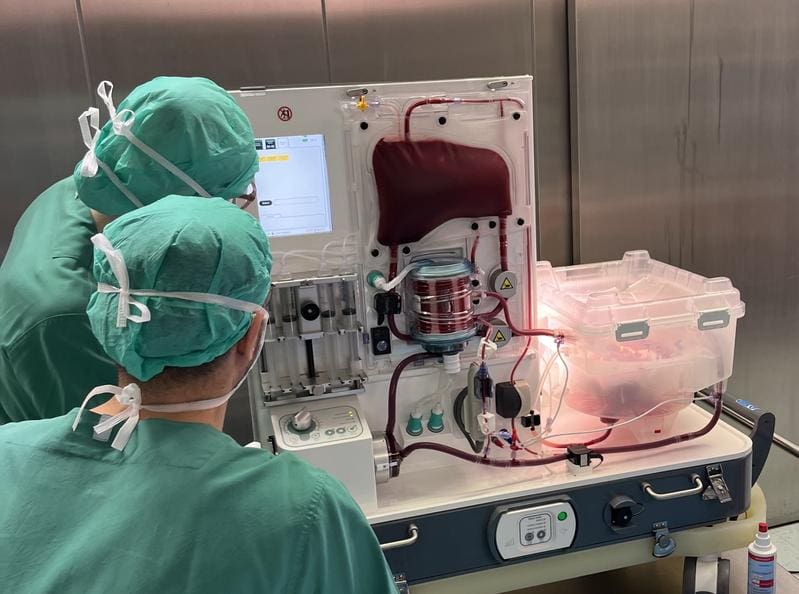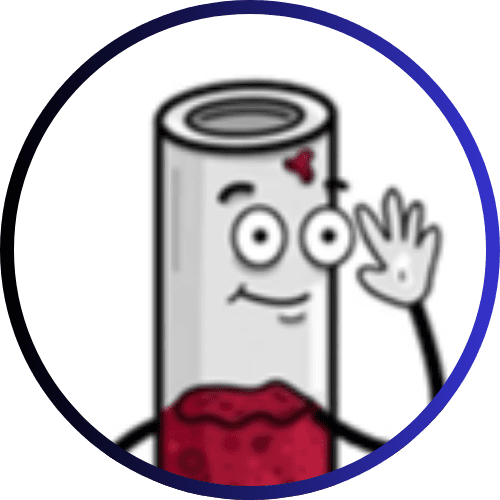Charit├® study uses machine perfusion to increase available donor livers
In Germany, significantly fewer donor livers are available than needed, which has fatal consequences for many patients on waiting lists. Up to a third of those affected become too ill for a transplant or die during the waiting period. A research team at Charit├® ŌĆō Universit├żtsmedizin Berlin is addressing this problem with the ExTra study, which aims to increase the availability of donor livers. The study relies on normothermic machine perfusion, a technique that tests the suitability of donor livers that were initially classified as non-transplantable. This method could shorten waiting times and save lives.
The highlight: Normothermic machine perfusion supplies donor livers with a liquid rich in nutrients and oxygen at body temperature. Unlike traditional cooling on ice, which is suitable for healthy organs, perfusion allows regeneration after transport. It reduces reperfusion damage that occurs when blood flow is restored in the recipient’s body, which can lead to rejection or graft failure. During perfusion, the organs remain metabolically active, which allows for precise quality control. Functions such as bile production or lactate degradation are evaluated with strict criteria to confirm transplant eligibility. Initial successful transplants at the Charit├® show that this method works.

The ExTra study, a prospective randomized multicenter trial, is targeting patients with a Re-MELD sodium score up to 21 whose liver disease requires transplantation but is not considered urgent. Participants will be randomly assigned to a control group with regular organ distribution or an intervention group that will receive additional tested “saved” livers. 18 out of 19 university liver transplant centers in Germany are participating, including Aachen, Hamburg, M├╝nster and the Charit├®, which are already active. The German Research Foundation (DFG) is funding the study with 1.8 million euros for an initial period of three years, with a planned duration of six years.
The research team estimates that more than 100 donor livers are sorted out each year, about half of which could be transplanted by machine perfusion. This could enable over 50 additional transplants per year, significantly reducing waiting times and improving the chances of survival. If the results meet expectations, the technique could become the standard in liver transplantation and mitigate the problem of organ shortages.
Further information:
Editor: X-Press Journalistenb├╝ro GbR
Gender Notice. The personal designations used in this text always refer equally to female, male and diverse persons. Double/triple naming and gendered designations are used for better readability. ected.




